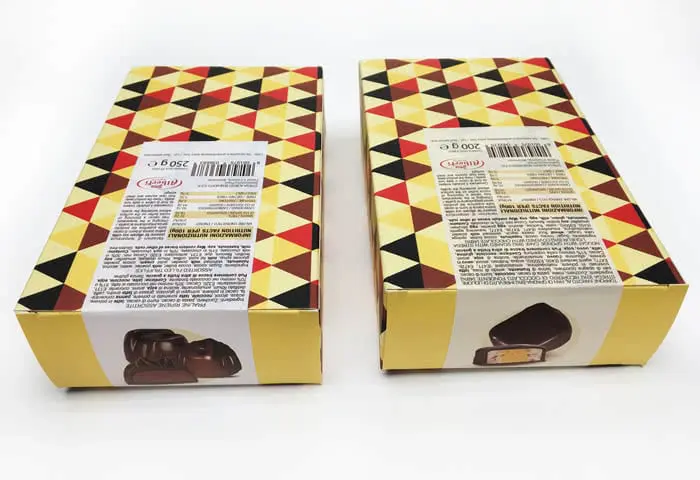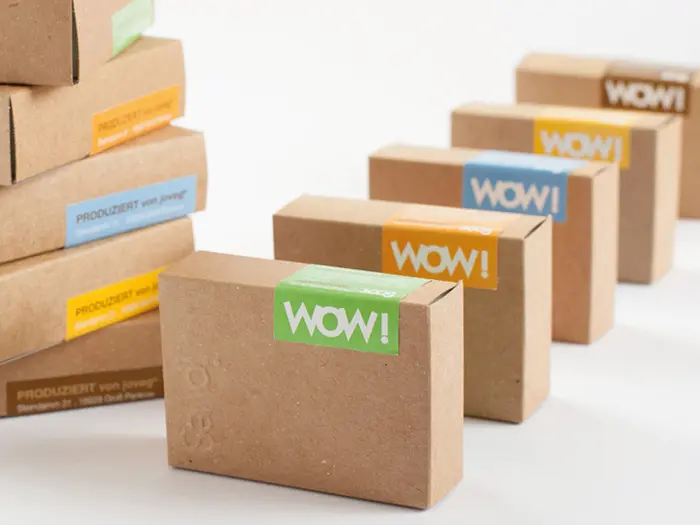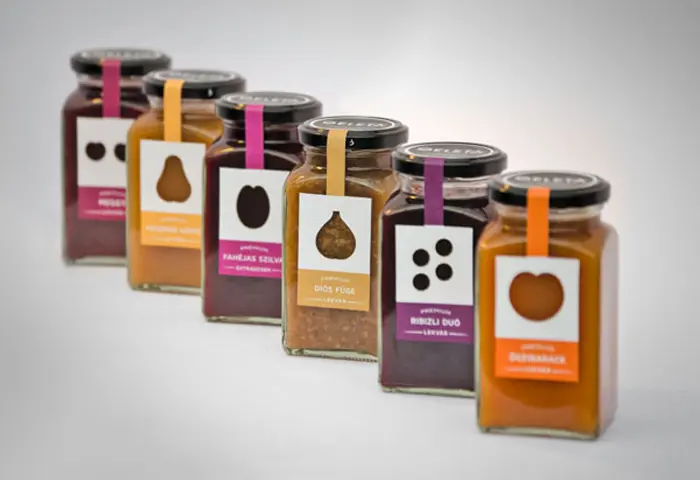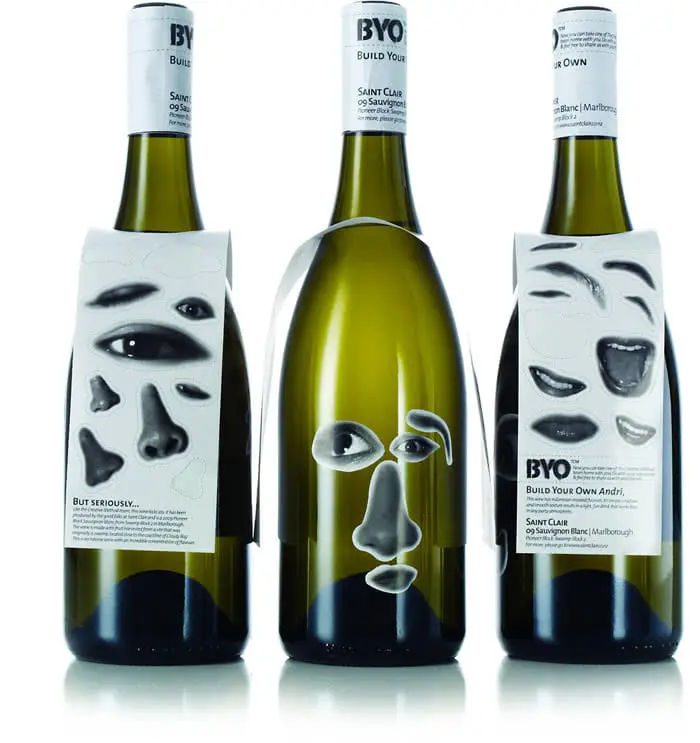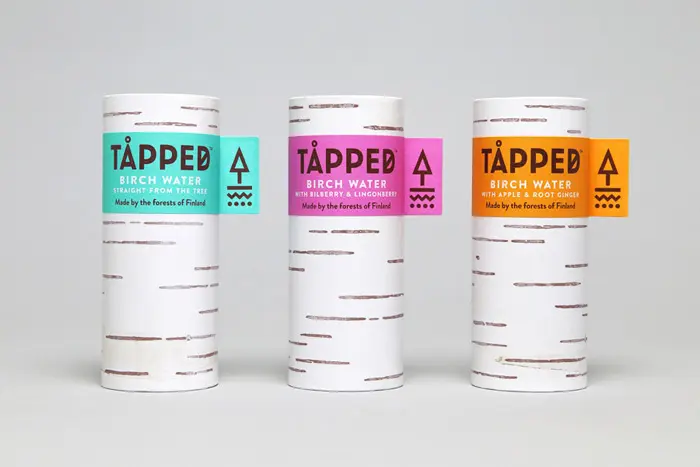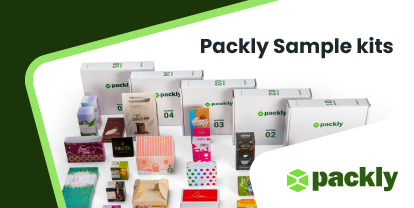Packaging labels represent an informative component of both the packaging and the product and serve multiple functions.
The label, in English, ‘label,’ is a ”tag that is attached to bottles, boxes, crates, or other containers indicating the quality, quantity, and value of what is contained within” (Treccani dictionary).
Packaging Labels vs. Labeling
Different from labeling, which in legal and administrative language refers to ‘the set of indications related to the product that appear either directly on the packaging or on an affixed label’ (Treccani dictionary), the label is a distinct element made from various materials: polymers, paper, metal, wood, fabric, etc., and is applied directly to the surface of packaging and products primarily using adhesives, the IML process, ‘water and glue,’ or sewing.
This ‘graphic code‘ serves both to provide useful information about the product and packaging and to quickly focus the consumer’s attention on a specific item. In both cases, they must be necessarily: highly visible, simple, legible, and easy to understand.
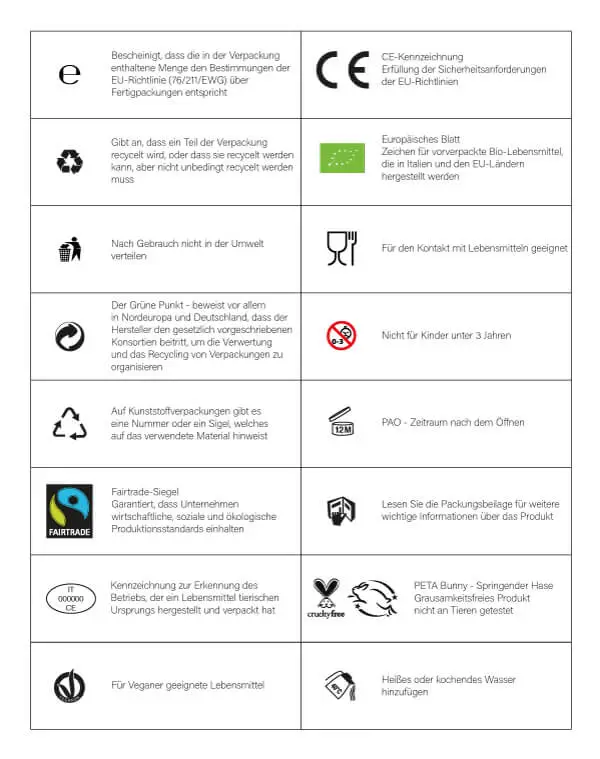
They are divided into four main categories:
- Brand labels, widely used in the textile and clothing sector, solely bear the brand/name of the product and serve to identify the brand affiliation of an item or a product variant and have a purely commercial purpose.
- Quality labels, on which the quality grade of a product is indicated using letters, numbers, or figures (e.g., A, B, C, D).
- Descriptive labels containing general information about the product’s characteristics and usage, safety, and maintenance instructions.
- Informative labels provide technical, logistical, legal, commercial, and promotional information about the product, data that is much more detailed than what is found on descriptive labels and varies depending on the product’s category.
Common information on descriptive and informative labels on packaging includes:
- Product use and maintenance
- Production location
- Expiry date, if applicable
- Ingredients/components
- Shipping and transport
- Certifications and guarantees
Warnings and useful tips
It should be noted that some types of items require mandatory indications regulated by specific regulations, such as food products or environmental labeling for packaging.
Some of this data is represented, for convenience and ease of understanding, through special standard symbols recognized both nationally and internationally. The use of such figures is often necessary to communicate a high volume of information in a limited space. In the table, you can find some of the most common symbols and their meanings: a brief list that can be useful during the design of your labels and customized packaging.”
There are Labels… and Labels
In some industries, labels are an essential identifying element for the product, think of wine packaging, cosmetics jars, or jam jars, packages that are often very similar, if not identical: in this case, it is the label that makes the difference… and, for most consumers, the product! If you are involved in the packaging of such items, you will need to design functional yet appealing labels to convince consumers that your product is the right one to purchase.
In several other cases, labels are used solely for sales purposes, such as differentiating various product types. It often happens that the same item is available in different variants of color, taste, finish, etc… how to highlight these differences? Instead of designing different boxes for each type, it is possible to create a single packaging containing all the essential product information (identical for each variant) on which a distinct identifying packaging label is printed and applied for each model: a practical and cost-effective solution widely used. This way, the consumer can recognize, at a glance, the item they are, or could be, interested in.
Conclusions
And do you have any advice to share about using labels in packaging design? Tell us right away, comment on this post!
